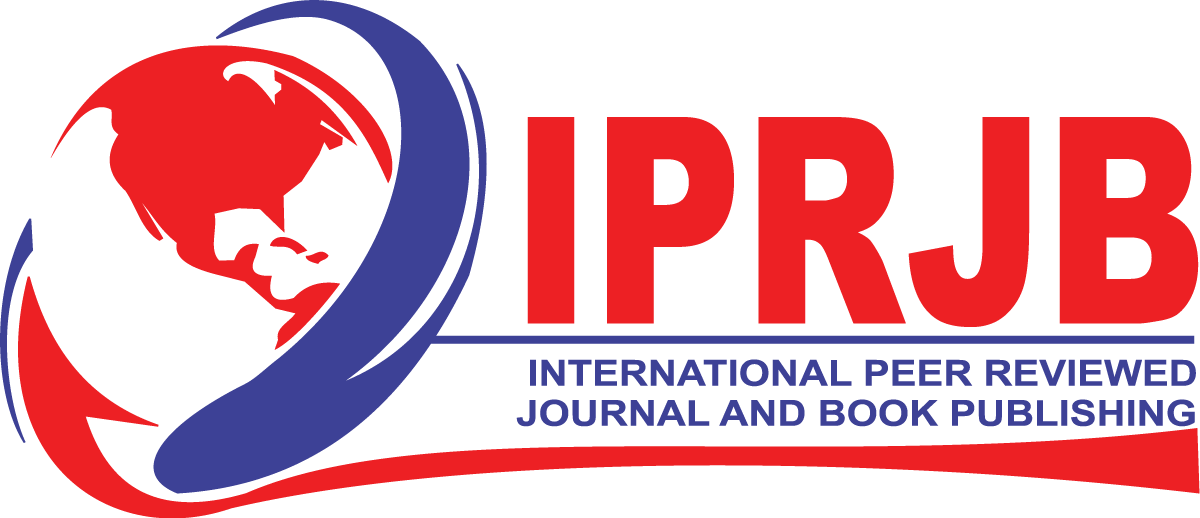Literature review is a survey of scholarly sources on a specific topic or subject. It provides an overview of current knowledge, allowing you to identify relevant theories, methods and gaps in existing knowledge that you can apply to your research paper. A good literature review summarizes sources, analyze, synthesis and critically evaluates the content to give a clear understanding on the subject under research. Literature review is the foundation on which your research idea will stand since it will provide context, relevance and background to the research problem you are exploring.
Literature review is categorized as theoretical and experimental. Experimental literature review surveys all the information available on a particular topic and critically analyze the gaps to be filled. The extensive the review, the more precise and systematic the research paper will be. Every research topic begins with an introduction that introduces the readers on the need to conduct the said research. As an author you might be struggling on how to come up with a good literature review. At IPRJB Journals we can help with this problem as we have a range of articles that are well researched by authors. These articles have a well stated introductions, literature review, methodology, results, conclusions, recommendations and conclusions. You can access the website
via: IPRJB
This blog will take you through the simple steps of writing a state of art literature review. Below are the steps that guide on how to write the literature review.
Decide on your Areas of Research
A researcher must decide on the topic of their research, identify the keywords, this ensure that you search for the relevant articles and books that will contribute to your literature review.
Search for Literature
Conduct a comprehensive search of books and articles in your area of study using the search engine. Read the various relevant resource you have found in your search engine and download the ones that speaks on your area of research.
Identify Themes, Debates and Gaps
Begin organizing your literature review and understand the relationship between the different sources you have read. Write down the trends and patterns, themes, debates, conflicts, contradictions, theories and gaps that exist. This will form the structure of your literature review that will pinpoint on how the accumulated literature forms your new body of knowledge.
Outline your Literature Structure
Lay down the approach to organizing the body of your literature review. This can be structured in the following ways:
Chronological – You can organize the literature based on the development of the topic over time.
Thematic – You can organize the literature into subsections that address different aspects of the topic.
Methodological – You can compare the results and conclusions that emerge from different research papers.
Theoretical – You can discuss your literature review in terms of various theories, models and concepts.
Write your Literature Review
The literature review should be organized as follows:
- Write a background literature review that introduces readers to your field of study.
- Write the recent progress of the study which can be arranged thematically in a manner that shows how the research has evolved over time and the progress.
- Analyze and interpret the comparison and contrast of different studies. Discussion on the controversies creates room to identify the gaps that need to be worked on. This proves the significance of the study to be done.
- Critically evaluate the strengths and gaps of your sources
- Write in well-structured paragraphs, drawing connections, comparisons and contrasts.
- Write conclusions, show the how research addresses gaps and contribute to the new body of knowledge.
- Write down your recommendations and references
